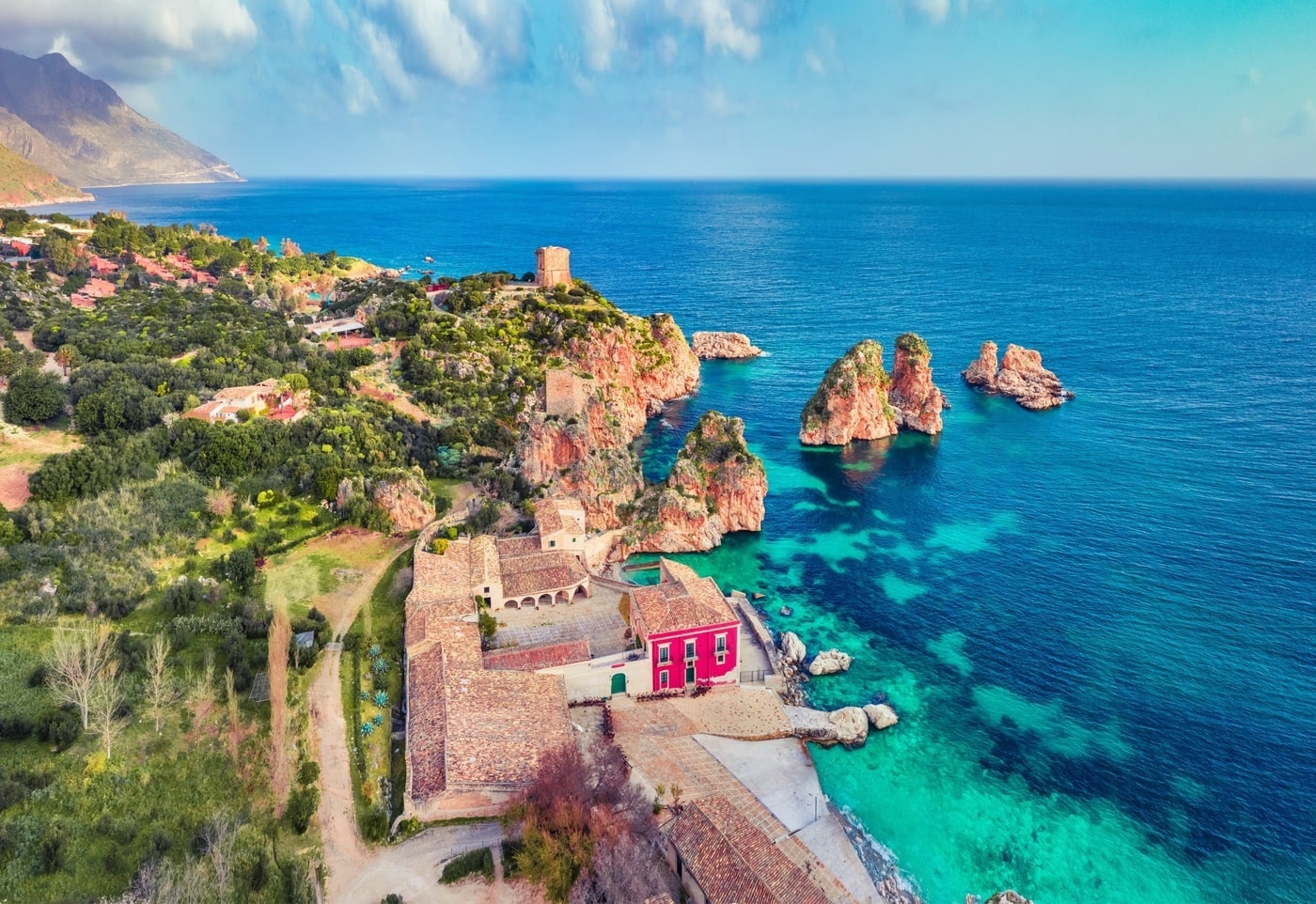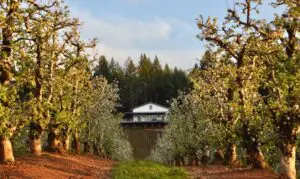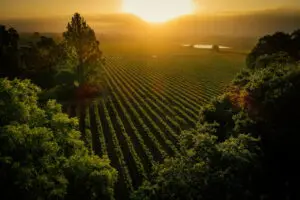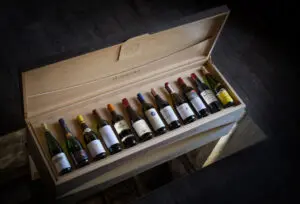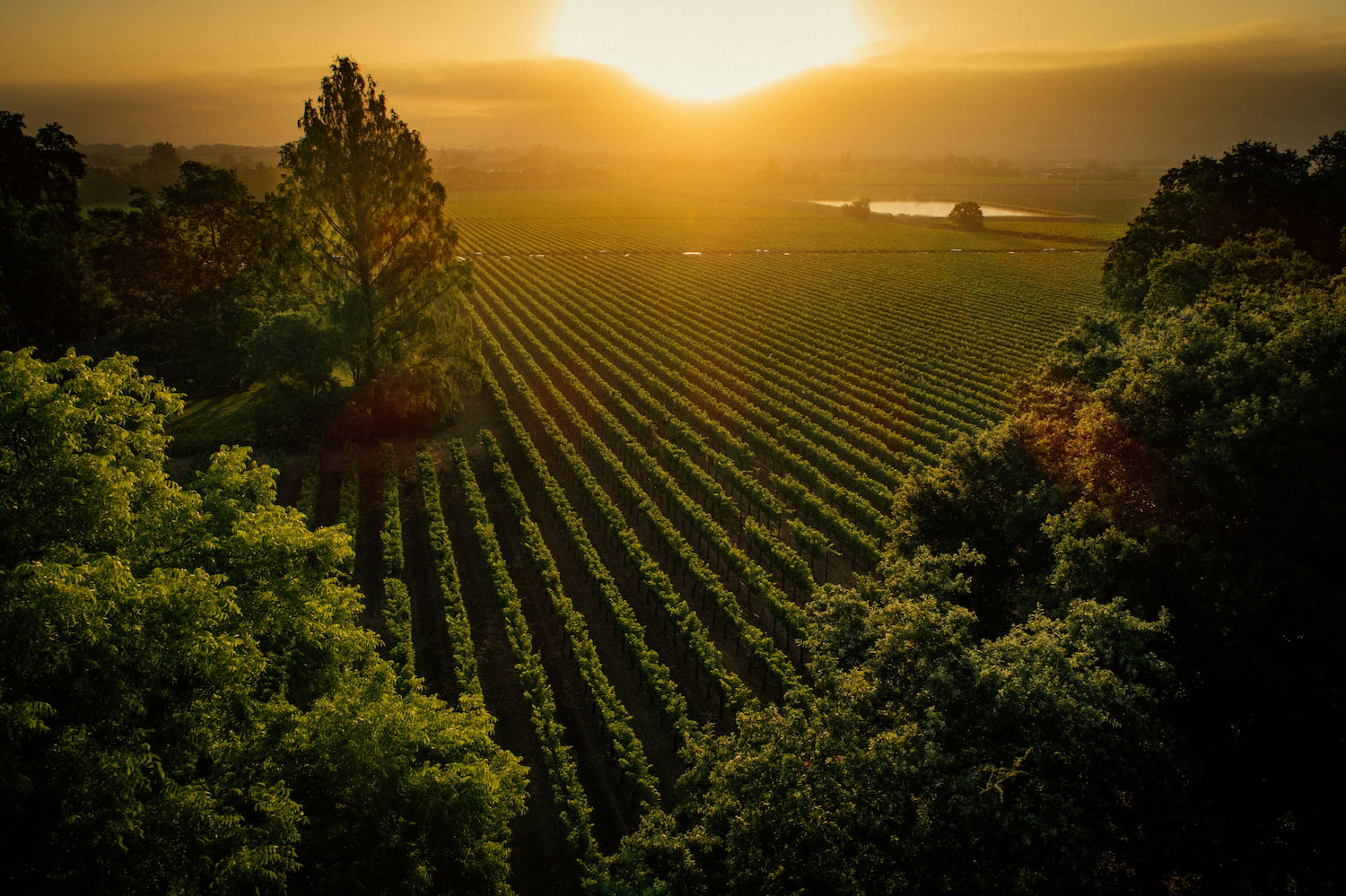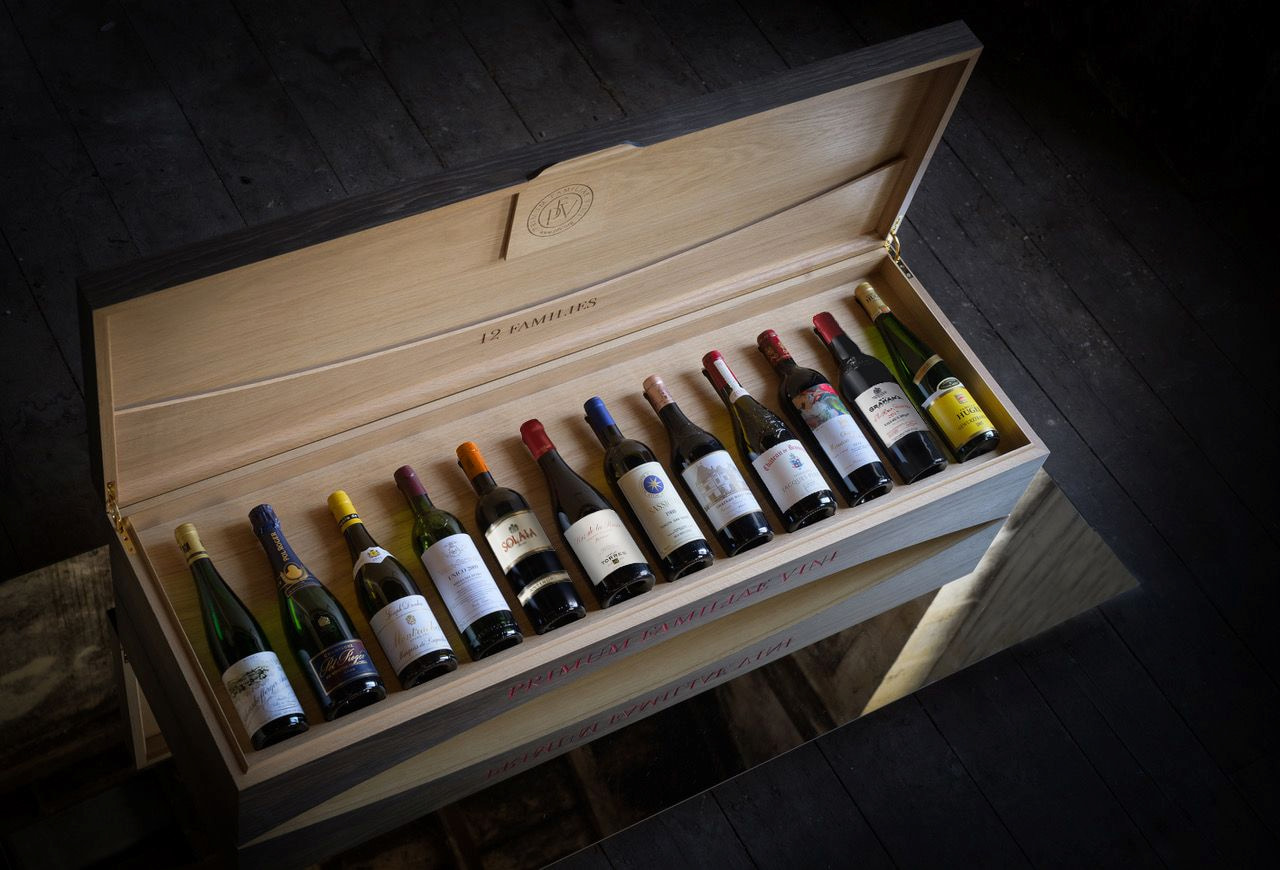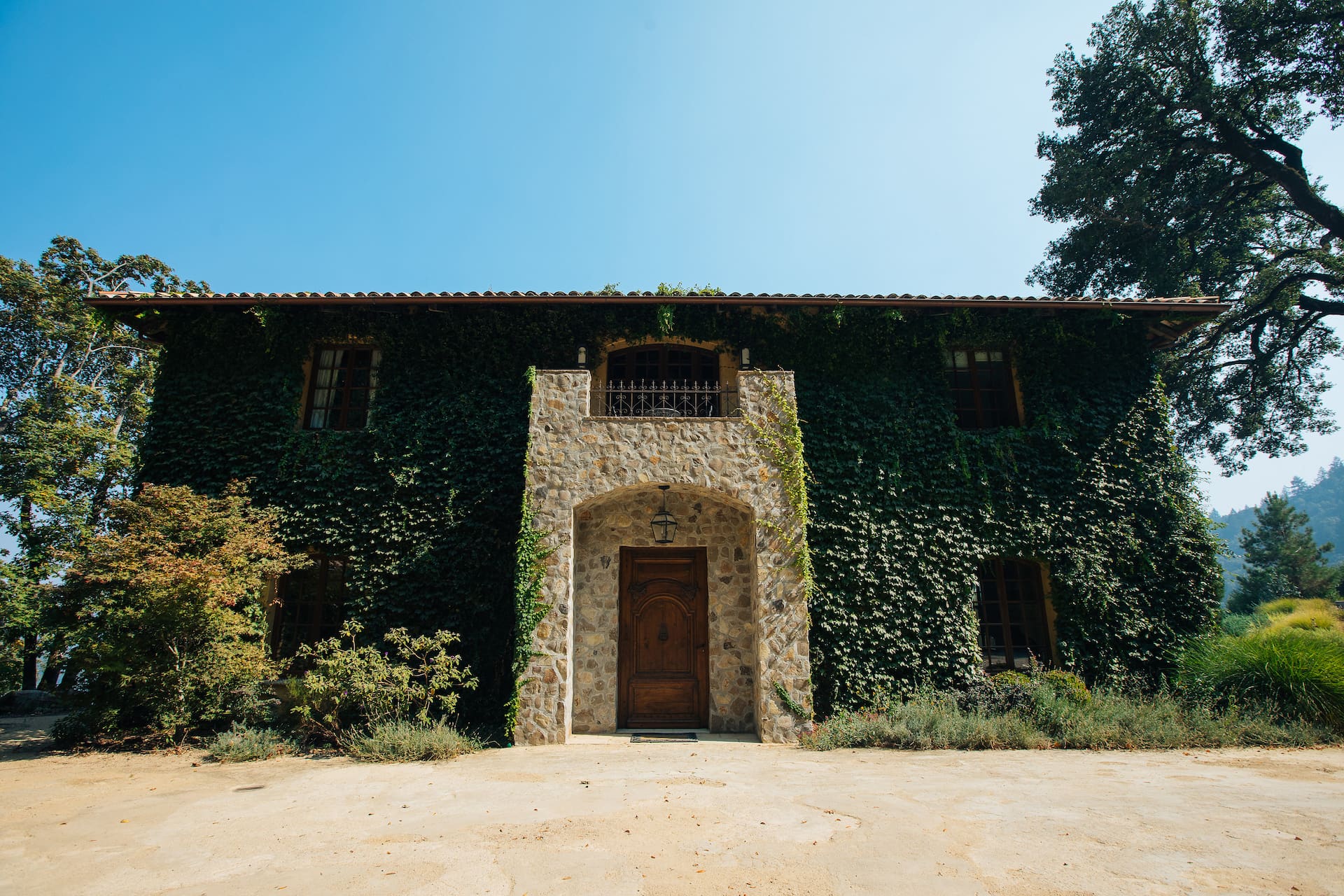Learning the world of Italian wine may seem daunting at first, though understanding its regions, grape varieties, and production styles is a great place to start—especially since Italy has held the number one wine-producing country title (re: volume) since 2014. To continue our Italian Wine Regions Breakdown (see Part I here), we’re heading to the country’s central and southern regions to explore what they’re all about. Check it out, here!
Le Marche

Total Hectares: 25,000+
Key Grapes: Verdicchio, Sangiovese, Lacrima
Benchmark Producers: Bisci, Tenuta Santori
Located on Italy’s eastern coast, Le Marche is a sea-influenced wine region best known for its crisp and refreshing white wines. While Verdicchio, Pecorino, and Trebbiano are the region’s key players, red wine lovers will take delight in the dark-hued, full-bodied bottles produced from the Lacrima grape variety. The majority of Le Marche’s vineyards are planted on gentle hillsides and are rooted into limestone soils. For some of the region’s highest quality white wines, look out for the Verdicchio dei Castelli di Jesi appellation.
Abruzzo

Total Hectares: 30,000+
Key Grapes: Montepulciano, Trebbiano
Benchmark Producers: Emidio Pepe, De Fermo, Caldora
Similar to Le Marche, Abruzzo is a coastal wine-producing region located on the central part of the country’s eastern coast. Bordered by the Adriatic Sea, this world-famous wine region is best known for its eponymous red wine, Montepulciano d’Abruzzo, as well as its white counterpart, Trebbiano d’Abruzzo. The area’s mountainous wine country is heavily influenced by the nearby Adriatic Sea, and over ¾ of its production takes place within the province of Chieti.
Lazio

Total Hectares: 25,000+
Key Grapes: Trebbiano, Malvasia, Sangiovese
Benchmark Producers: Coenobium, Monastero Trappiste di Vitorchiano
Although Lazio is best known for housing Italy’s capital city of Rome, this centrally-located viticultural region is certainly on the rise. The area is best known for producing white wines from the Trebbiano and Malvasia varieties, though red wines from Sangiovese, Merlot, and other red varieties are also popular. Fans of Gamay and other peppery, light-to-medium-bodied reds will enjoy the region’s Cesanese-based wines, especially when served with a slight chill. For go-to regions within Lazio, check out Frascati and Castelli Romani.
Molise

Total Hectares: 7,600+
Key Grapes: Montepulciano, Aglianico, Trebbiano
Benchmark Producers: Cianfagna, Majo Norante
In terms of size, Molise is Italy’s second-smallest viticultural region (just behind Valle d’Aosta). Bordered by Abruzzo, Lazio, Campania, and Puglia, this mountainous wine region is known for its full-bodied wines produced from Montepulciano, Aglianico, Cabernet Sauvignon, and other varieties. Molise officially received its DOC status back in 1998, though its wine-producing history dates back to ancient times.
Campania

Total Hectares: 25,600+
Key Grapes: Fiano, Falanghina, Greco di Tufo, Aglianico
Benchmark Producers: Marco Tinessa, Mastroberardino
Home to the bustling city of Naples—as well as the colorful Amalfi coastline—Campania is equally rich in production. Here, rustic red wines are produced from the Aglianico grape, most famously within the Taurasi appellation. Although often aggressive in their youth, these powerhouse, high tannin wines are perfect for long-term cellar aging (and cost way less than the country’s other cellar-worthy red gems). For more approachable-in-their-youth bottles, look to refreshing whites produced from the Greco grape variety—think of them like an instant mental transport to the beautiful coastal villages of Positano or Salerno.
Puglia
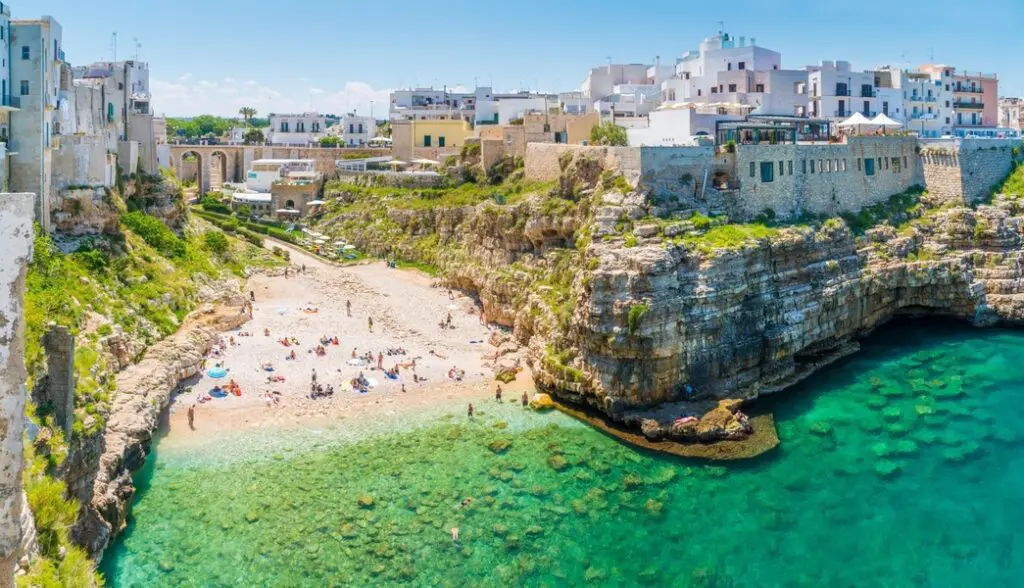
Total Hectares: 83,000+
Key Grapes: Negroamaro, Primitivo
Benchmark Producers: Cantina San Marzano, Tormaresca
Best known as the heel of Italy’s boot, Puglia is also regarded for its high-quality wine production, most of which is red. The area’s sunny and dry climate make it ideal for ripening a number of red varieties, including the region’s signature Negroamaro and Primitivo varieties. Today, the area is home to 29 DOC and 4 DOCG appellations, and is responsible for putting out 3% of Italy’s total DOC-designated wine. Our advice? Fire up the grill, whip up some savory meats, and crack a bottle of red from Puglia—you really can’t go wrong.
Basilicata

Total Hectares: 2,000+
Key Grapes: Aglianico
Benchmark Producers: De Leonardis, Elena Fucci
With regards to other Italian wine regions, Basilicata’s production is quite small. This tiny, mountainous region is home to four DOCs and one DOCG, with the majority of its wine falling under regional IGT or Vino da Tavola designations. Here, most vineyards are rooted into volcanic soils, and the area’s rather harsh climate can make cultivating vines rather difficult. Above all, the local variety of Aglianico (which is the backbone to its Aglianico del Vulture DOCG) reigns king, though small amounts of white wine crafted from Malvasia, as well as reds from Sangiovese and Montepulciano, are also produced.
Calabria
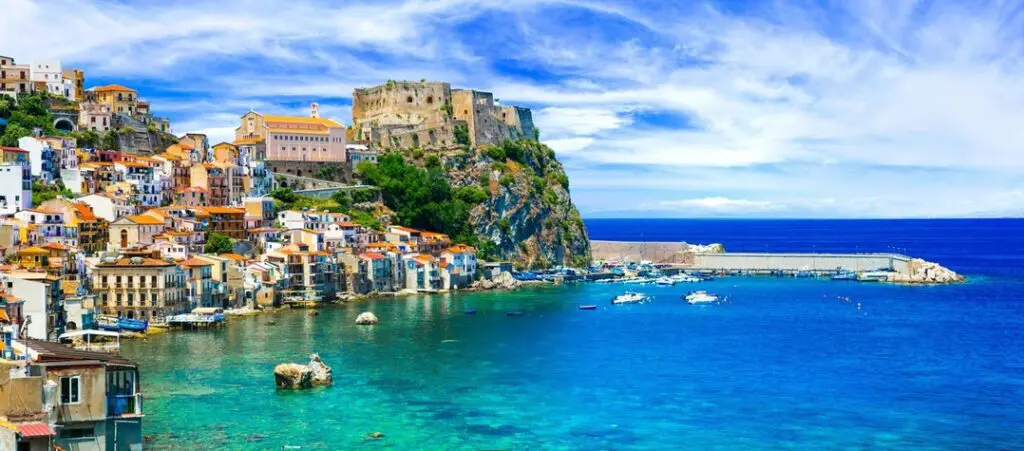
Total Hectares: 9,000+
Key Grapes: Gaglioppo, Greco Nero
Benchmark Producers: Benvenuto, L’Acino
If Puglia is the heel of Italy’s boot, think of Calabria as the toe. Bordered by Basilicata and the Ionian Sea, this hot and dry region benefits from a Mediterranean climate, characterized by scorching summers and mild winters. Over 90% of the region’s wine production is red, most of which is dominated by the local Gaglioppo variety. Although not fully confirmed, it is widely believed that Gaglioppo is a relative of Sangiovese. Wines produced from the variety are known for their fully body, high alcohol, and relatively high tannins.
Sicily

Total Hectares: 98,000+
Key Grapes: Catarratto, Grillo, Nero d’Avola, Frappato, Nerello Mascalese
Benchmark Producers: Feudo Montoni, Arianna Occhipinti, COS, Benanti
Sicily’s winemaking scene dates back over 4,000 years, and today, the region is finally having its moment in the sun. Beloved by sommeliers, collectors, and entry-level drinkers alike, this versatile region truly has something to offer every palate (and budget). In terms of red wine, Sicily can do it all—think bright, easy-drinking wines from Frappato, smoky, volcanic-influenced bottles from Etna (Nerello Mascalese grape) to fuller-bodied wines produced from Nero d’Avola and beyond. Popular white grapes include Grillo, Catarratto, and Carricante—and don’t skip on the world-famous fortified wines of Marsala, which are crafted on the island’s western coast.
Sardegna

Total Hectares: 26,000+
Key Grapes: Cannonau, Vermentino
Benchmark Producers: Sella & Mosca, Cardedu Praja
Although Sardegna is home to the smaller of Italy’s two island-based wine scenes, it’s definitely worth checking out. The island’s wine production is centered around the Cannonou variety, which is simply the local term for Grenache. Small amounts of Carignan, Cabernet Sauvignon, Malvasia, and Vermentino are also cultivated, as well as the lesser-known indigenous varieties of Torbato, Monica, and Nasco. Sardegna’s terroir is dominated by gentle hills and rolling plains, which are characterized by a mosaic of soil types. If Grenache-based wines from France or the US are your jam, diving into a bottle of Cannonau from Sardegna promises an excellent experience
Vicki completed her Bachelor’s degree at CUNY Hunter College with a double major in French Language and Italian Language, along with a minor in English and additional studies in Spanish and Polish. Her wine industry career began at Sud de France Développement in Manhattan, followed by a Wine Consultant/Buyer position at Quality House Wines. She went on to work full-time as a staff writer for VinePair.com from September 2016 – July 2017. She now freelances full-time; her work regularly appears in Food & Wine, Wine-Searcher, Beverage Media, Matador Network, Wine Enthusiast, and more.
